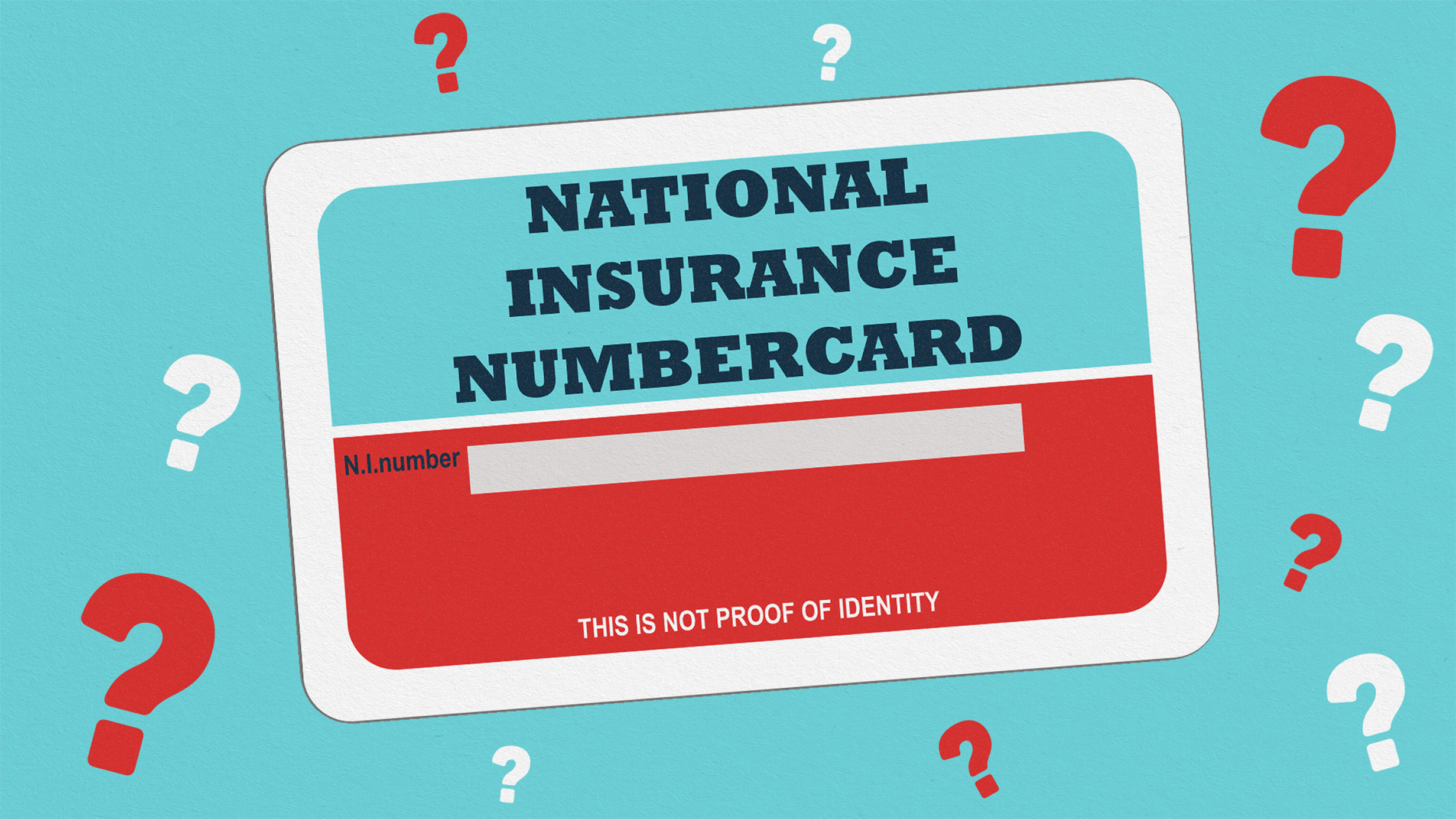National Insurance explained
A 5 minute read

National Insurance is just one of those things: invisible, inevitable. It’s a tax paid automatically (hence the inevitability), and one that comes out of your payslip if you get paid through a Pay As You Earn (PAYE) system (hence the invisibility); you don’t really notice it at all. But despite that, it’s still good to understand what’s going on with it. Because it directly affects your salary as well as the amount of State Pension you’re entitled to in retirement, so it's important to check that you have the correct tax code.
A little history lesson…
National Insurance is paid by anyone over 16. It’s a tax that is used to fund things such as The State Pension and other benefits like statutory sick pay, maternity leave, and unemployment benefits. It originated as a facet of Labour’s “cradle to grave” campaign initiative in 1911. It was expanded upon, again by Labour, in 1948. Intended as a form of social security within the Welfare State, National Insurance has evolved into what it is today over decades of legislative refinement and modernisation.
How does it work?
First things first: the entire concept of National Insurance only works if you have a National Insurance number. Each person is only assigned one National Insurance number and you'll use the same one throughout your life.
Your National Insurance number contains two letters, six numbers and a final letter.
If you’re a UK National, you should receive a number before you turn 16. If you didn’t, you might just need to contact HMRC (before you turn 19), to find out where yours has walked off to.
If you’re coming to live in the UK, you might have been allocated an NI number which can be found on your biometric residence permit. Otherwise, you’ll have to apply for a National Insurance number. You must have the right to work or study in the UK, and if you’re applying for a student loan you should include an application for a National Insurance number.
So now that’s out of the way, how does it actually work?
If you’re an employee, your National Insurance comes out of your salary before the celebrated and joyous day when it makes its way into your bank account. So, you don’t notice it, it’s hassle-free, and there’s nothing extra you need to do. It applies to each pay period, and depending on how often you get paid, it could be weekly, monthly, or a different time period. Your employer sorts it all out by using your National Insurance number to ensure you’re paying the right amount. You pay a predetermined percentage of your income as National Insurance. It also comes out of any bonuses, just like how income tax works. All you need to know though, is that in 2023-24, if you earn between £242 and £967 a week (£1,048 to £4,189 a month), you’ll be liable to pay 12% Class 1 National Insurance (This reduces to 10% from 6th Jan 2024). On any earnings above £967 a week (£4,189 a month), you’ll pay 2%.
There may be some cases when you’ll pay less, for example if you’re a married woman or widow with a valid ‘certificate of election’, or you’re deferring NI because you have more than one job.
But I’m self-employed!
When you’re self-employed, you may have to pay Class 2 and Class 4 National Insurance, depending on your profits.
If your profits are between £6,725 and £12,570 a year (2023-24 tax year), your contributions are treated as having been paid to protect your National Insurance record.
If your earnings are over £12,570 a year, you’ll need to pay Class 2 contributions at £3.45 per week. For Class 4, you’ll pay 9% on your profits between £12,570 and £50,270 - and 2% on profits over £50,270.
If you're self-employed, you'll usually need to pay National Insurance via your self-assessment tax return - and this will be paid at the same time as Income Tax.
If you are both employed and self-employed you will pay:
- Class 1 National Insurance contributions on your employed income; and
- Class 2 and Class 4 National Insurance Contributions on your self-employed income.
From 6th Jan 2024, National Insurance is changing. Class 4 NICs will be reduced from 9% to 8% and no self-employed person will have to pay Class 2 NICs.
Why paying pays…
Paying National Insurance is just one of those things. It has to be done and is often forgotten about because of the invisibility cloak woven by the pre-paycheck-payment.
But paying National Insurance pays off in the long run.
That’s because it qualifies you for the State Pension. It’s simple, really. Step 1: make 10 years of National Insurance contributions or credits; step 2: get some State Pension when you reach the State Pension age.
To get the full amount of State Pension, which is currently a pretty penny at £203.85 a week, you’ll need to make 35 years of contributions. It’s important to remember that the State Pension is designed to complement a personal or workplace pension income. But, crucially, that 200-odd quid per week could be what it takes to sustain that dream retirement. Whether it’s the hammock in a sea-view garden; the cost of a train journey across Europe; or funding monthly visits into London for theatre, museums, or restaurants.
And once you reach state pension age, you no longer need to pay National Insurance, which effectively reduces your tax bill.
That’s why paying pays.
The State Pension Forecast does, well, exactly what it says on the tin. Check yours and find out how much you could be entitled to.
You can check your National Insurance record, too. See what you’ve paid to date, check NI credits you’ve received, and any omissions – “gaps” in your record that don’t count towards the holy grail of the full State Pension. If you do come across any gaps, it’s possible to make up the difference with voluntary contributions (these are called Class 3 voluntary contributions) – so you’re never at risk of missing out.
All details correct as of 8th December 2023.
DO NOT EDIT THIS BOX UNLESS YOU'RE NOEL

